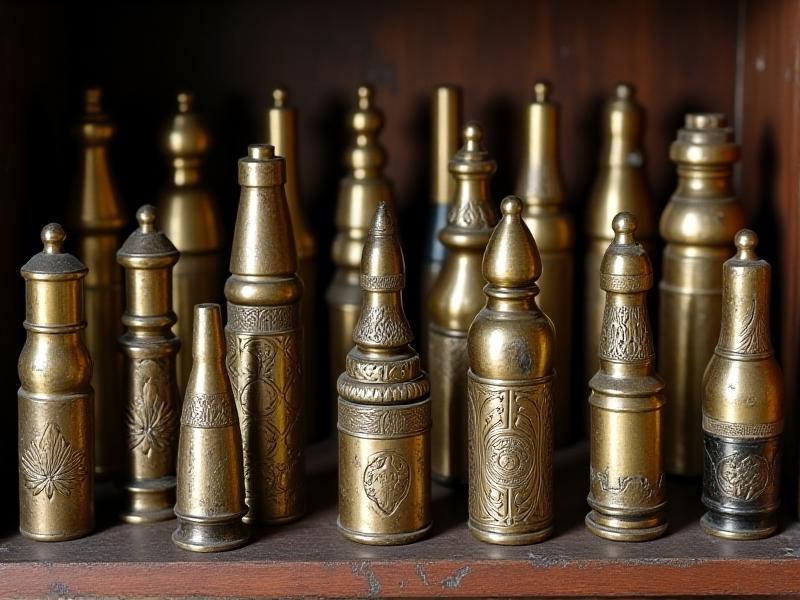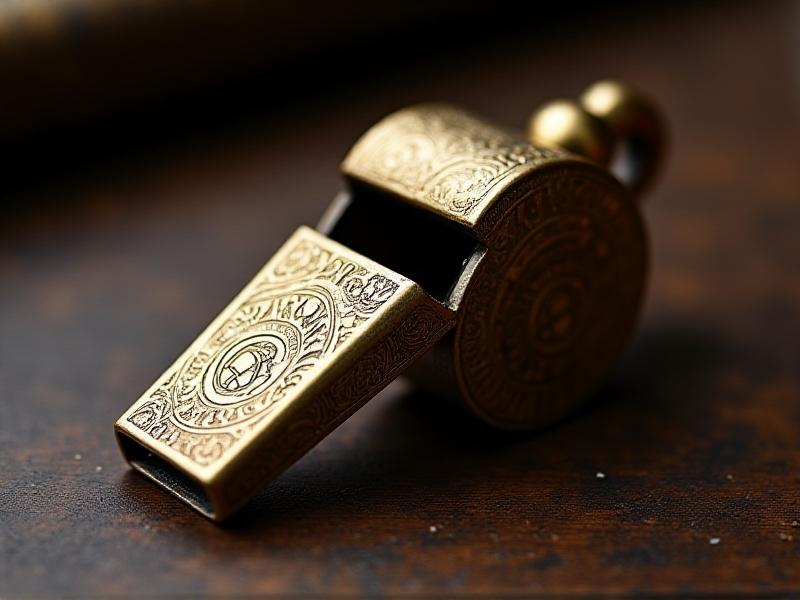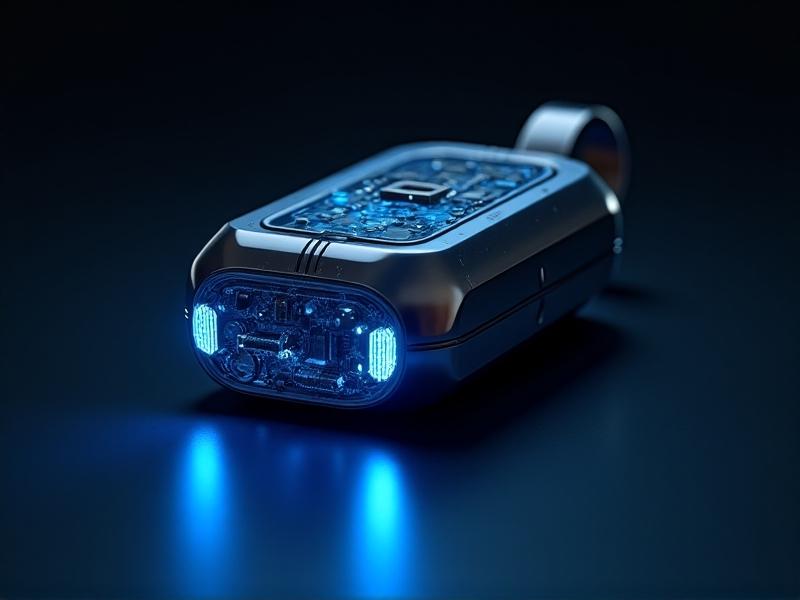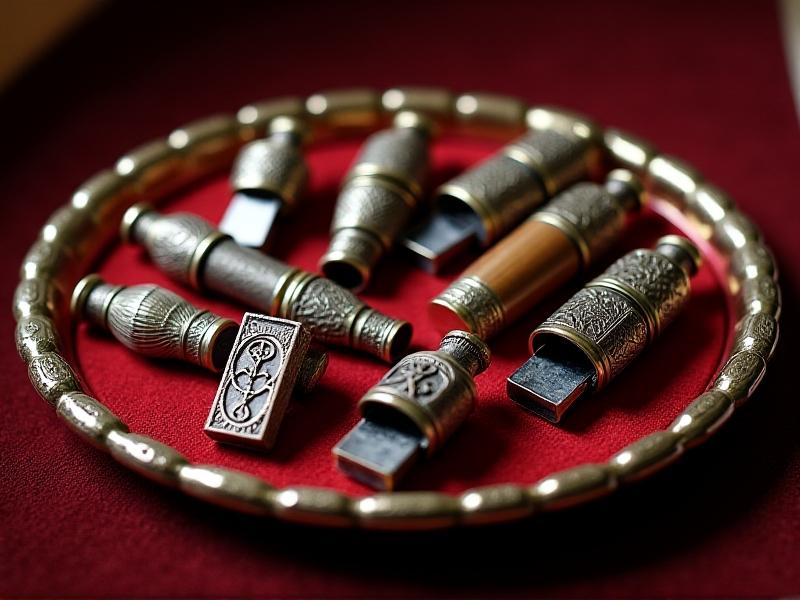Top 10 Most Sought-After 19th-Century Locomotive Whistles
The Allure of 19th-Century Locomotive Whistles
The 19th century marked a transformative era in transportation, with steam locomotives revolutionizing travel and commerce. Among the many iconic features of these iron giants, the locomotive whistle stands out as both a functional tool and a symbol of the age. These whistles were not merely noise-makers; they were carefully crafted instruments designed to communicate, warn, and inspire. Today, collectors and enthusiasts seek out these whistles for their historical significance, unique designs, and the stories they carry. This article delves into the top 10 most sought-after 19th-century locomotive whistles, exploring their origins, craftsmanship, and enduring appeal.

The Origins of Locomotive Whistles
The invention of the locomotive whistle coincided with the rise of steam-powered trains in the early 19th century. As railways expanded, the need for a reliable signaling device became paramount. Early whistles were simple, often resembling boat horns, but they quickly evolved into more sophisticated designs. Engineers and craftsmen experimented with materials like brass and bronze, creating whistles that could produce distinct tones audible over long distances. These early innovations laid the foundation for the iconic whistles that would become synonymous with the golden age of rail travel.

Craftsmanship and Design
The design of 19th-century locomotive whistles was a blend of artistry and engineering. Craftsmen meticulously shaped each whistle to produce a specific pitch and tone, often incorporating decorative elements like engraved patterns or ornate fittings. The materials used, such as polished brass or nickel-plated steel, not only enhanced durability but also added a touch of elegance. These whistles were more than functional tools; they were works of art that reflected the pride and ingenuity of their creators. Today, the craftsmanship of these whistles is a key factor in their desirability among collectors.

The Role of Whistles in Railway Safety
Locomotive whistles played a critical role in ensuring the safety of early railways. Their piercing tones served as warnings to pedestrians, animals, and other trains, helping to prevent accidents. Different whistle patterns signaled emergencies, crossing junctions, or approaching stations, among other things. The reliability and clarity of these whistles were essential for the smooth operation of the railways, making them indispensable tools for engineers and conductors. This functional importance adds another layer of historical value to these sought-after artifacts.
The Most Iconic Whistles of the 19th Century
Among the many locomotive whistles produced during the 19th century, a few stand out as particularly iconic. Amongst these are the Lonergan Whistle, praised for its creative design and great sound quality, and the Crosby Whistle, famed for its unique bell-like tone. Each of these whistles has a unique story, often tied to specific railways or historical events. Collectors prize these models not only for their rarity but also for their connection to the rich history of rail travel.
The Art of Whistle Restoration
Restoring a 19th-century locomotive whistle is a delicate process that requires skill and patience. Many of these whistles have suffered from decades of wear and exposure to the elements. Restorers carefully clean and repair each piece, preserving its original character while ensuring it remains functional. The restoration process often involves polishing tarnished metal, repairing cracks, and replacing missing parts. For collectors, a restored whistle is not just a historical artifact but a piece of living history that can once again produce its original, hauntingly beautiful sound.
The Role of Whistles in Railway Culture
Beyond their practical uses, locomotive whistles became an integral part of railway culture. Their distinctive sounds evoked a sense of adventure and progress, inspiring songs, stories, and artwork. For many, the whistle’s call symbolized the excitement of travel and the promise of new horizons. This cultural significance has cemented the whistle’s place in the collective memory of the 19th century, making it a cherished relic for historians and enthusiasts alike.
Collecting 19th-Century Locomotive Whistles
Collecting 19th-century locomotive whistles is a passion for many enthusiasts. These collectors seek out rare and unique models, often traveling to auctions, antique shops, and railway museums. The value of a whistle is determined by factors such as its age, condition, manufacturer, and historical significance. For some, the thrill lies in the hunt for a rare find, while others appreciate the opportunity to preserve a piece of history. Regardless of their motivations, collectors play a vital role in keeping the legacy of these whistles alive.
The Market for Antique Whistles
The market for 19th-century locomotive whistles is both niche and competitive. Rare models can fetch high prices at auctions, especially if they are in excellent condition or have a documented history. Online platforms and specialized dealers have made it easier for collectors to find and purchase these whistles, but the demand often outstrips the supply. For sellers, understanding the market and the unique appeal of each whistle is key to achieving a successful sale. For buyers, the challenge lies in identifying authentic pieces and making informed investments.
Preserving the Legacy of Locomotive Whistles
Preserving 19th-century locomotive whistles is essential for future generations to appreciate their historical and cultural significance. Museums, historical societies, and private collectors all play a role in this effort. Exhibitions and educational programs help raise awareness of these artifacts, while careful conservation ensures their longevity. By preserving these whistles, we honor the ingenuity of their creators and the transformative impact of the railways on society.
The Enduring Appeal of 19th-Century Whistles
The appeal of 19th-century locomotive whistles lies in their ability to evoke a bygone era. Their haunting tones, intricate designs, and historical significance make them more than just relics; they are windows into the past. Whether displayed in a museum, restored to working condition, or cherished in a private collection, these whistles continue to captivate and inspire. Their legacy is a testament to the ingenuity and spirit of the 19th century, a time when the world was transformed by the power of steam and the call of the rails.







